When Eroticism Amounts to Total (or Turtle?) Torture
Kurama's photographic work pushes the boundaries of the pursuit of eroticism, particularly in 'Kame san–Turtle.'
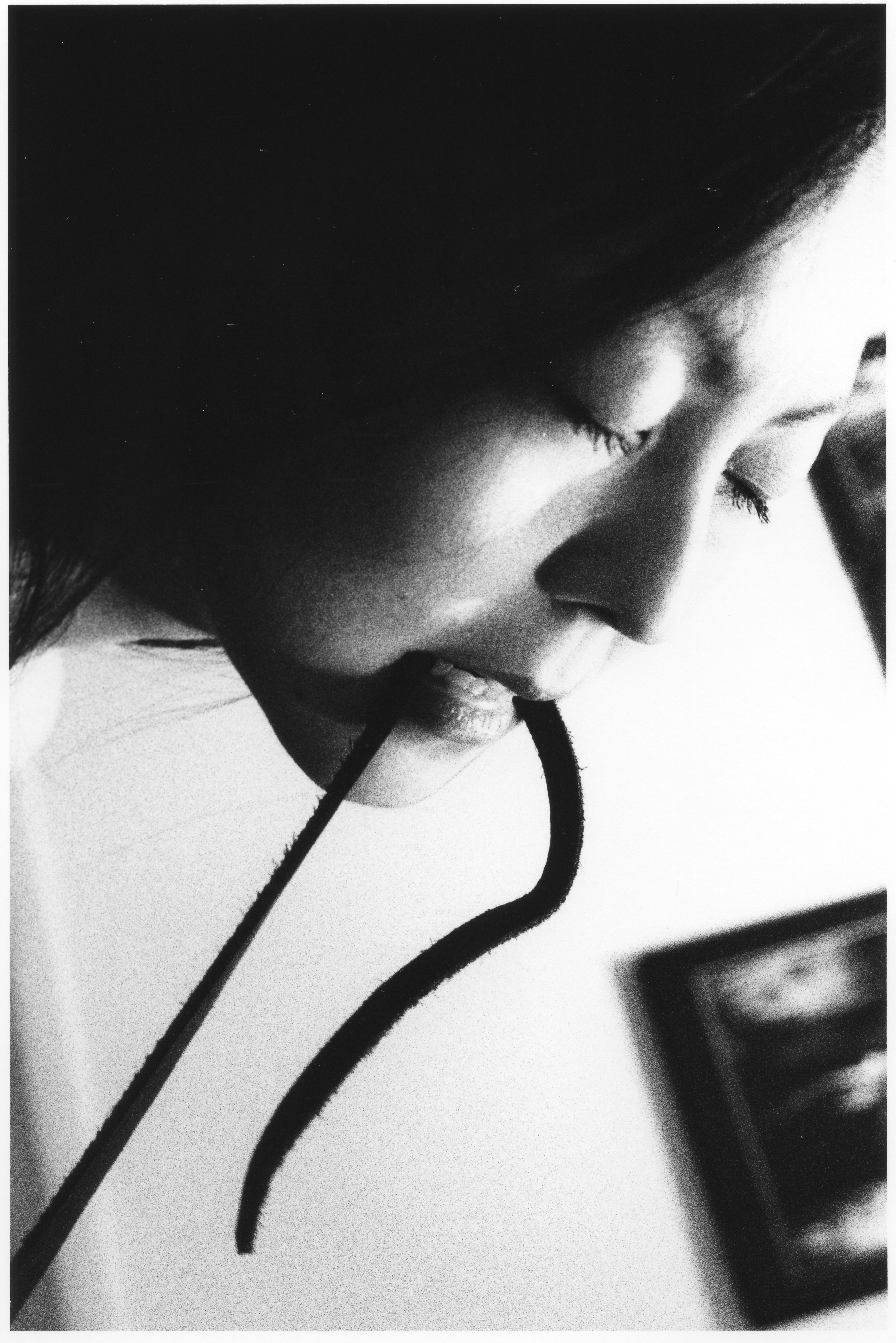
Kurama, “Kame san – Turtle” © in)(between. gallery
Kurama is a mysterious, even mystical artist. Little is known about him, apart from the fact that he seems to have been born in the 1960s, and that his practice is dedicated to erotic photography, taboos, bondage or shibari, to a way of understanding life and its pleasures. The photo book Kame san–Turtle (2018), published by in)(between. gallery, offers a dive into his intoxicating universe.
The silver gelatine prints taken around the world between 1995 and 2018 bring together intimacy and eroticism, in photographs that have, on the surface, no sensual or sexual dimension. The artist has a rich body of work, exhibited in numerous countries, as his laconic biography states: USA, Argentina, Taiwan, France, Japan. His output is not limited to silver photography; Kuruma has also ventured into serigraphy and lithography.
Depraved, completely bound
To the artist, photography is defined by eroticism. Relayed by in)(between. gallery, which presents his work, Kurama explains: ‘As a process, it was almost naturally simple, accustoming myself to the idea of regarding through a viewfinder every instant, even the non-intimate as an erotic photograph…’
With Kurama, there is nothing to understand, no message. For him, anything that relates to carnal love, sensuality, and sexuality and stimulates amorous desire and libido can be described as erotic. Why couldn’t a turtle be erotic? If this makes the public feel uneasy, it means that a good part of the work has already been done, and that we are entering his universe. Animals, their death and their representation can awaken these senses, in the same way as can a body entangled in ropes, and the observation of a person having chosen to give themselves over to what they consider to be a form of pleasure.
Seen… in their body they carry a conviction, (a sentence, a punishment, a penalty) –––depraved, completely bound …… an audacious exploit –––the fulfilment of surreptitious thoughts… likelihood of being a tactile shadow of light, even the non-intimate takes on amorous nuances… an archive (evidence –proof) of one’s clandestine acts… a fossil of light that defines photography
KURAMA—in the text accompanying the book.
Two years prior to this work, the photographer released the book Elephant (2016), the outlines and approach for which are equally mysterious.
Kame san–Turtle (2018) by Kurama, is a book published by in)(between. gallery.
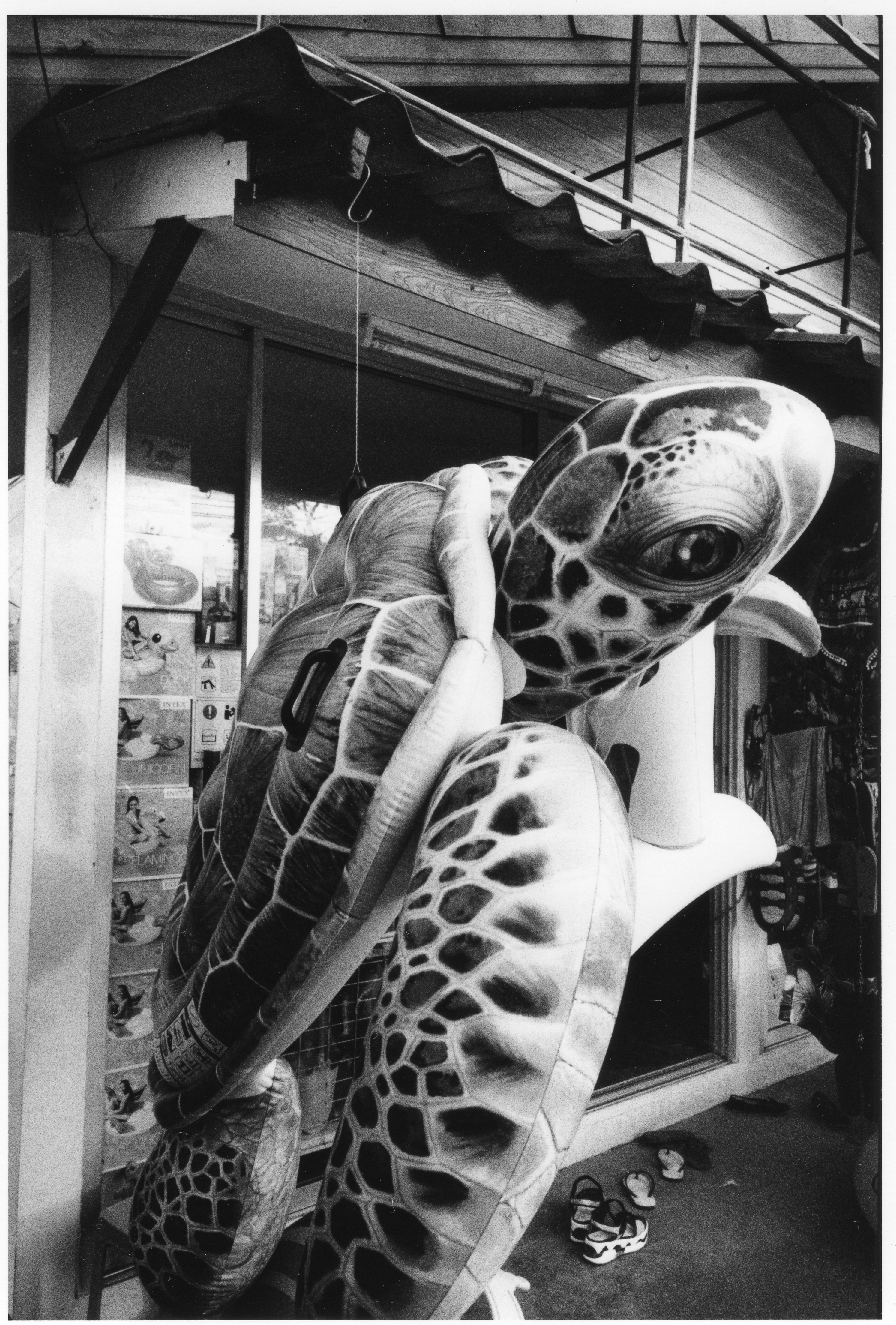
Kurama, 'Kame san–Turtle' © in)(between. gallery
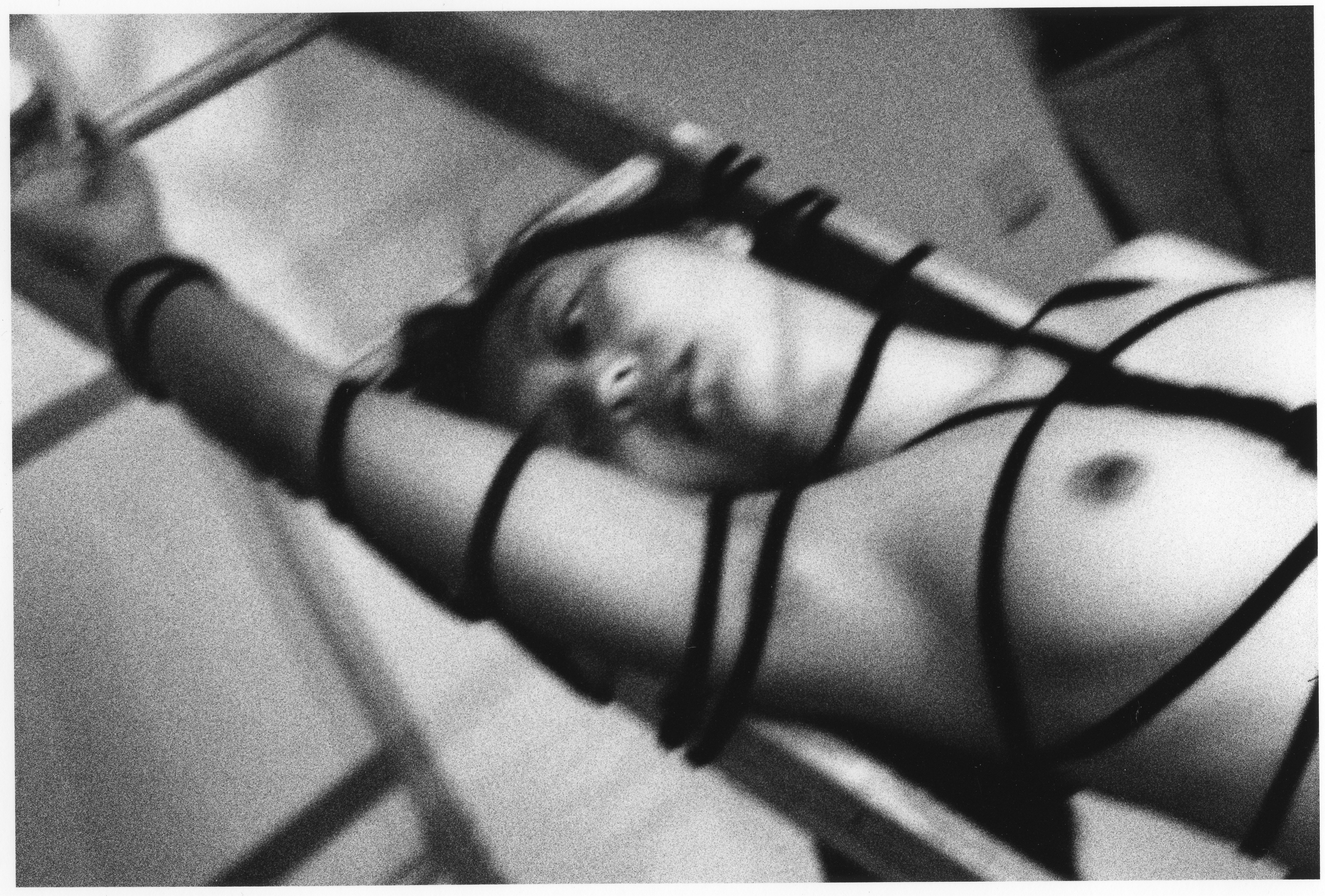
Kurama, 'Kame san–Turtle' © in)(between. gallery
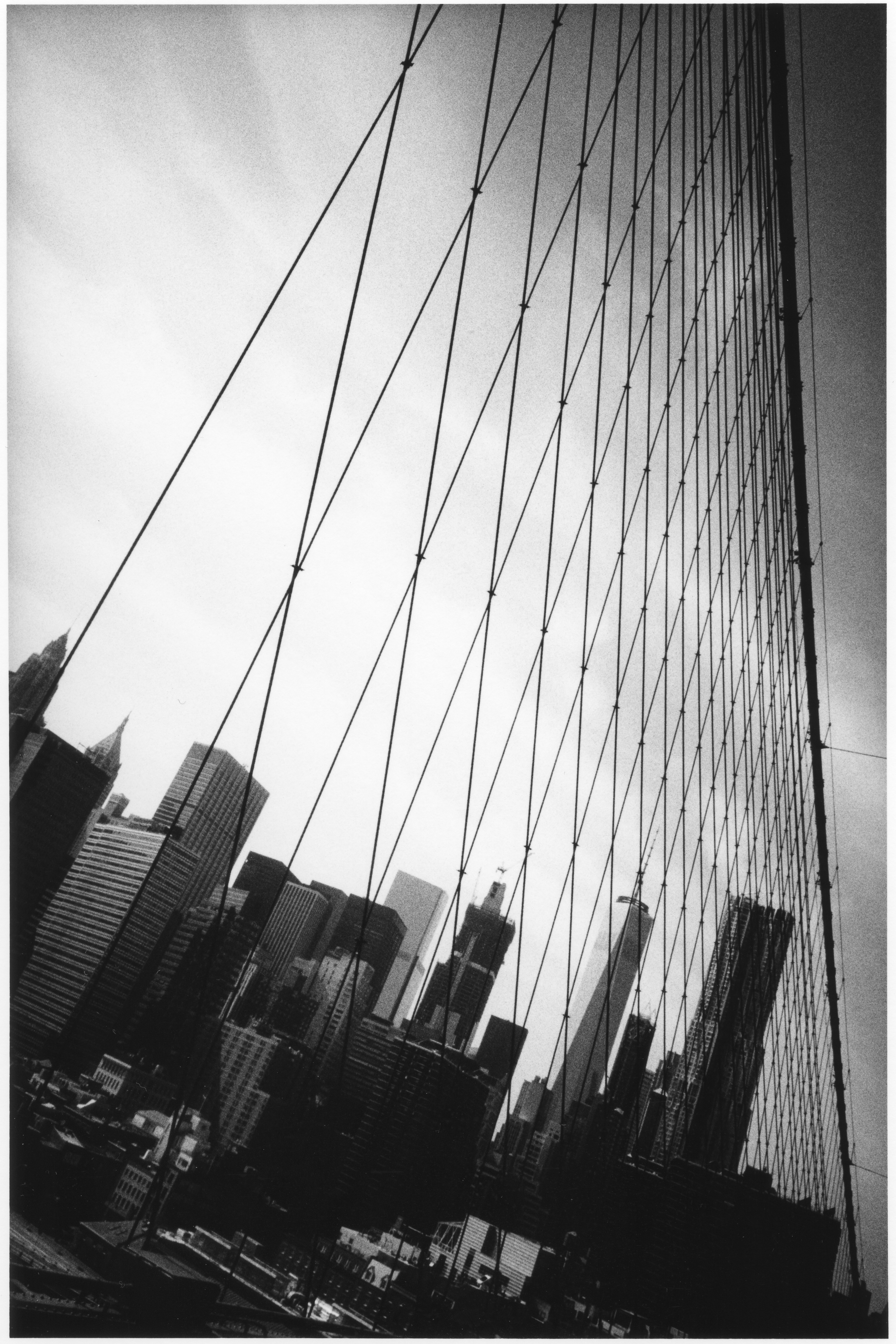
Kurama, 'Kame san–Turtle' © in)(between. gallery
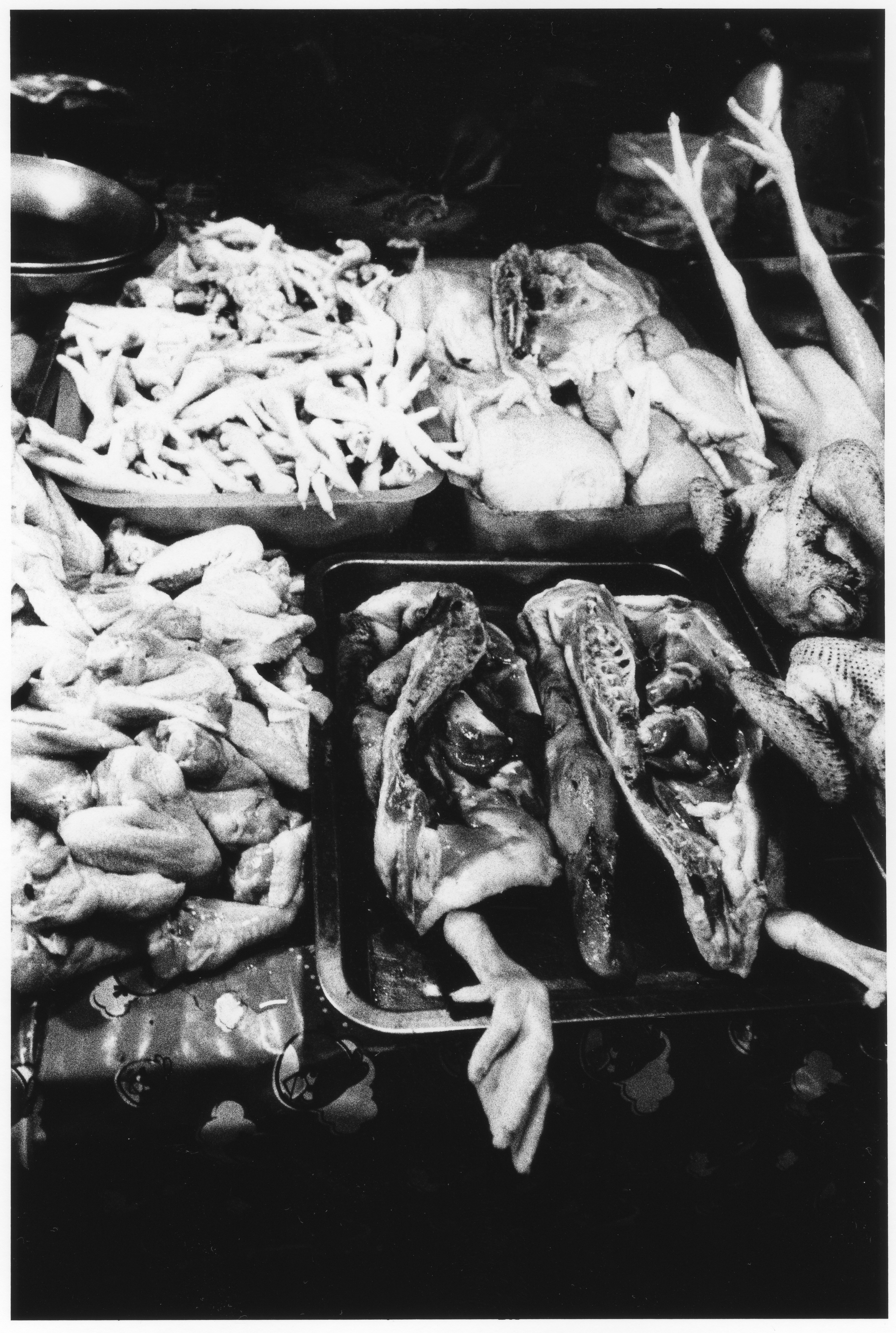
Kurama, 'Kame san–Turtle' © in)(between. gallery
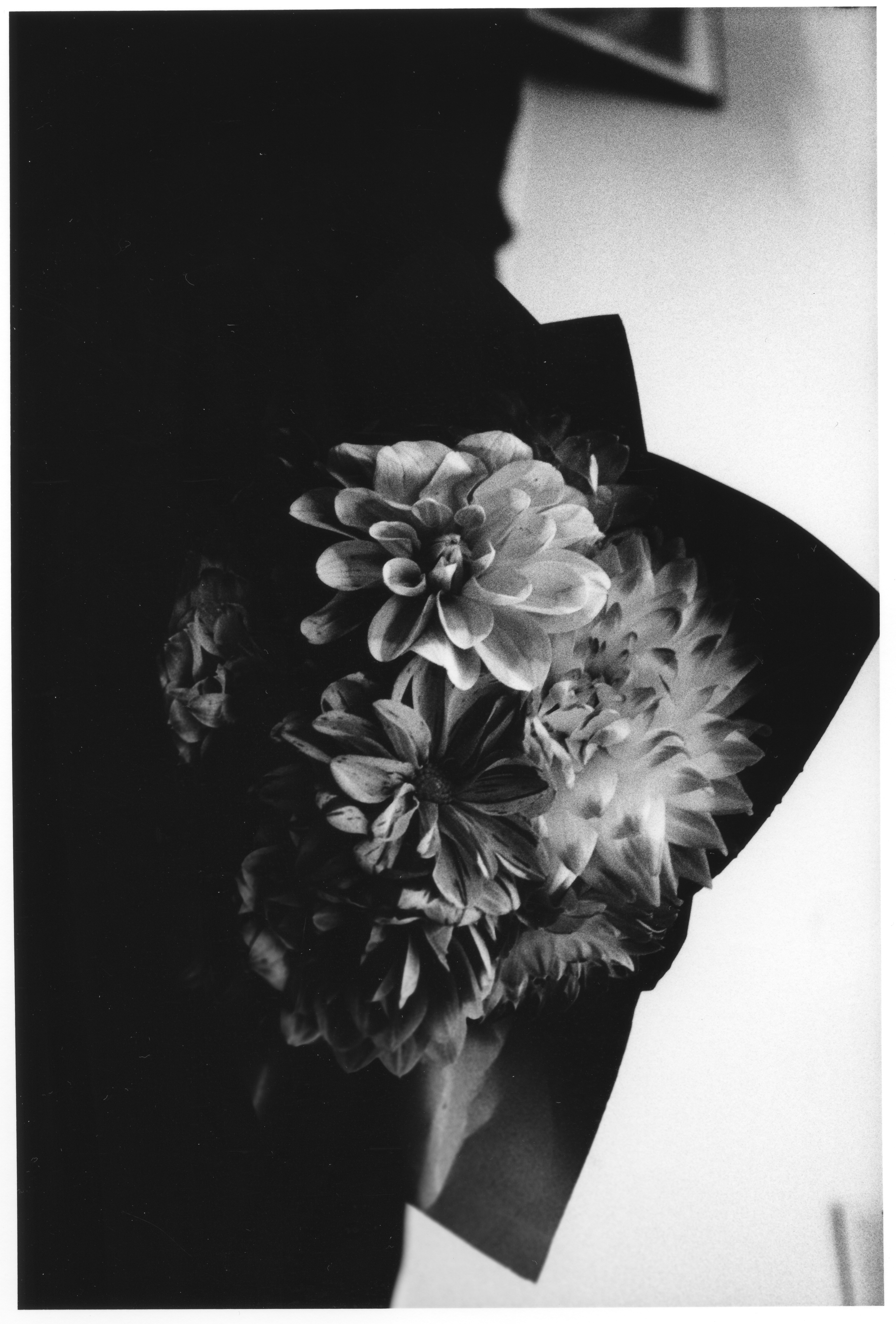
Kurama, 'Kame san–Turtle' © in)(between. gallery
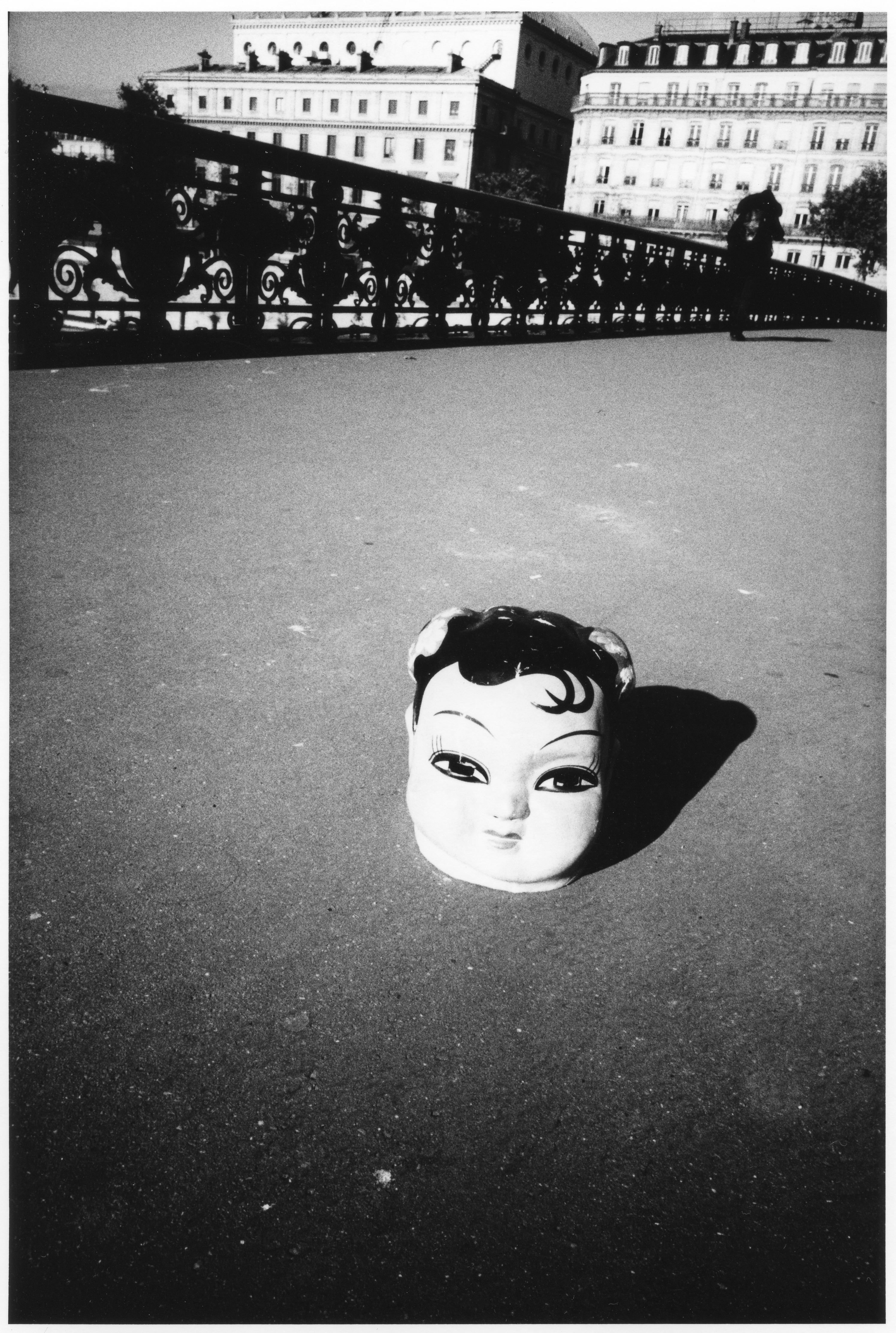
Kurama, 'Kame san–Turtle' © in)(between. gallery
TRENDING
-
The Tattoos that Marked the Criminals of the Edo Period
Traditional tattoos were strong signifiers; murderers had head tattoos, while theft might result in an arm tattoo.

-
Paris, Tokyo: Robert Compagnon
With his co-chef and talented wife, Jessica Yang, Robert Compagnon opened one of the top new restaurants in Paris: Le Rigmarole.
 3:31
3:31 -
The Story of Sada Yacco, the Geisha who Bewitched Europe
Described by Dazed magazine as the first beauty influencer, she has been restored to her former glory since 2019.

-
Ito Jakuchu's Naturalist Paintings
From 15 September until 14 October 2018, the Petit Palais showcased the artist's iconic ‘Images of the Colourful Realm of Living Beings’.

-
Chiharu Shiota, Red Threads of the Soul
Last year, more than 660,000 people visited the retrospective 'Chiharu Shiota: The Soul Trembles' exhibit at the Mori Art Museum.





